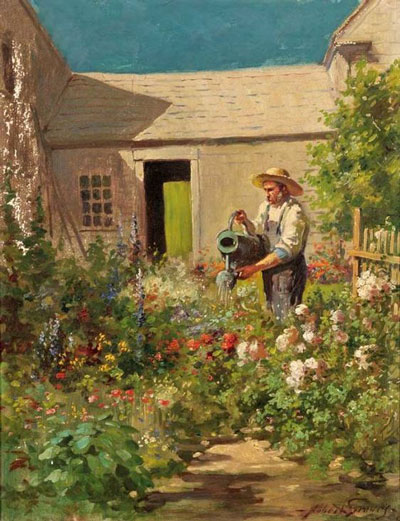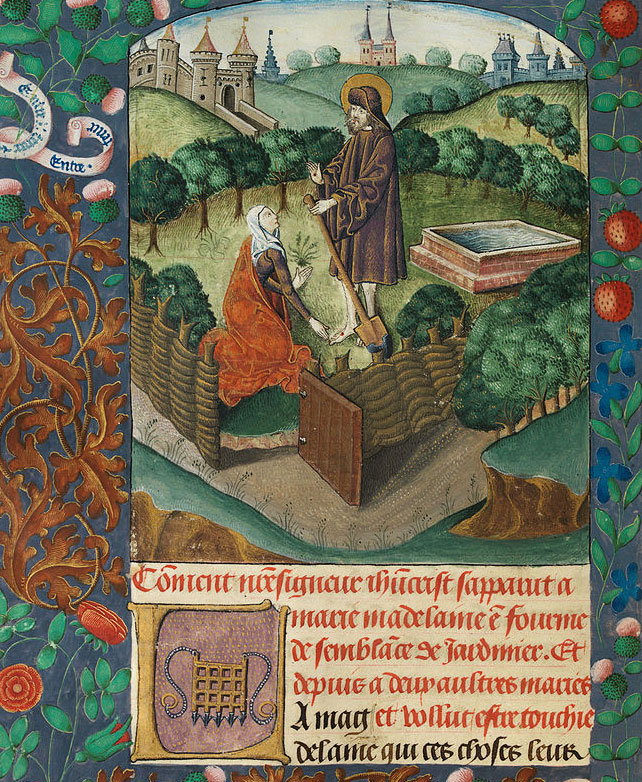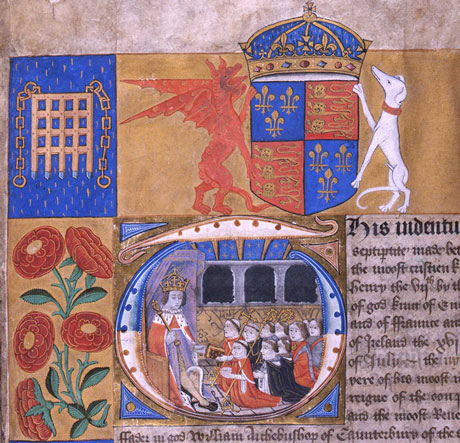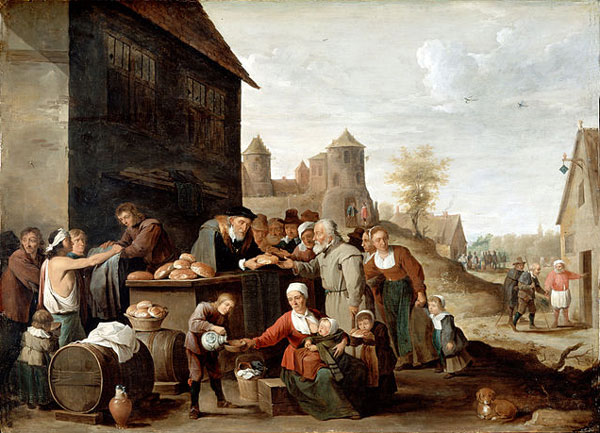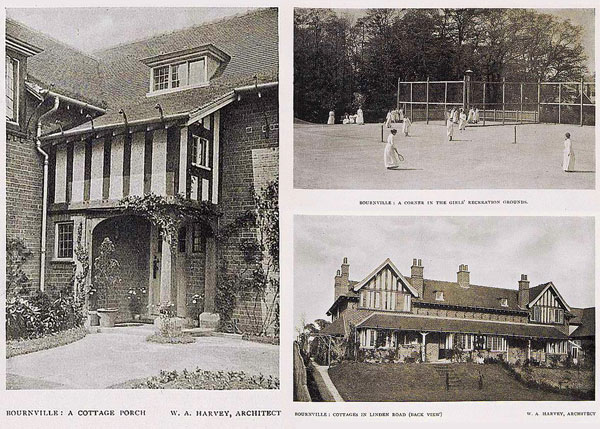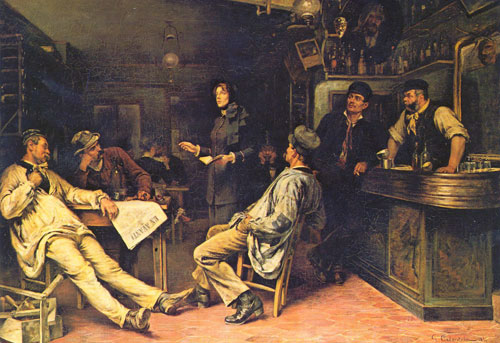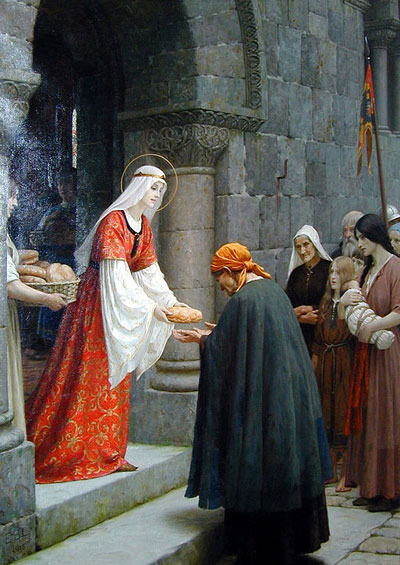Big Business
While the two world wars of the 20th century saw untold instances of extraordinary personal self-sacrifice and altruism, these were also years in which the process of public charity grew to be ever larger in scale, becoming more and more secular in nature. Charity became big business, and the spiritual impulse of quietly giving was coming to be replaced by vast commercial organisations and national institutions. Sensing this already, some Edwardian artists of the early 20th century were happy to hark back to more simple and innocent examples of kindness.
The Charity of St. Elizabeth of Hungary - by Edmund Blair Leighton, 1915.
They would be gratified today, I think, because recent developments have reinvented the concept of good deeds on a local scale, with lots of folks just helping out neighbours through the pandemic - quietly and without taking credit.
One can always judge a person's character by how they treat those who can do nothing for them in return. And our current health crisis has brought back the old adage, ‘Charity Begins at Home.' I do hope those who follow this principle are not destined to become a rare breed again, once it's all over, because their re-emergence might just be something positive to come out of the dreadful sacrifice of liberty we are going through at present.
